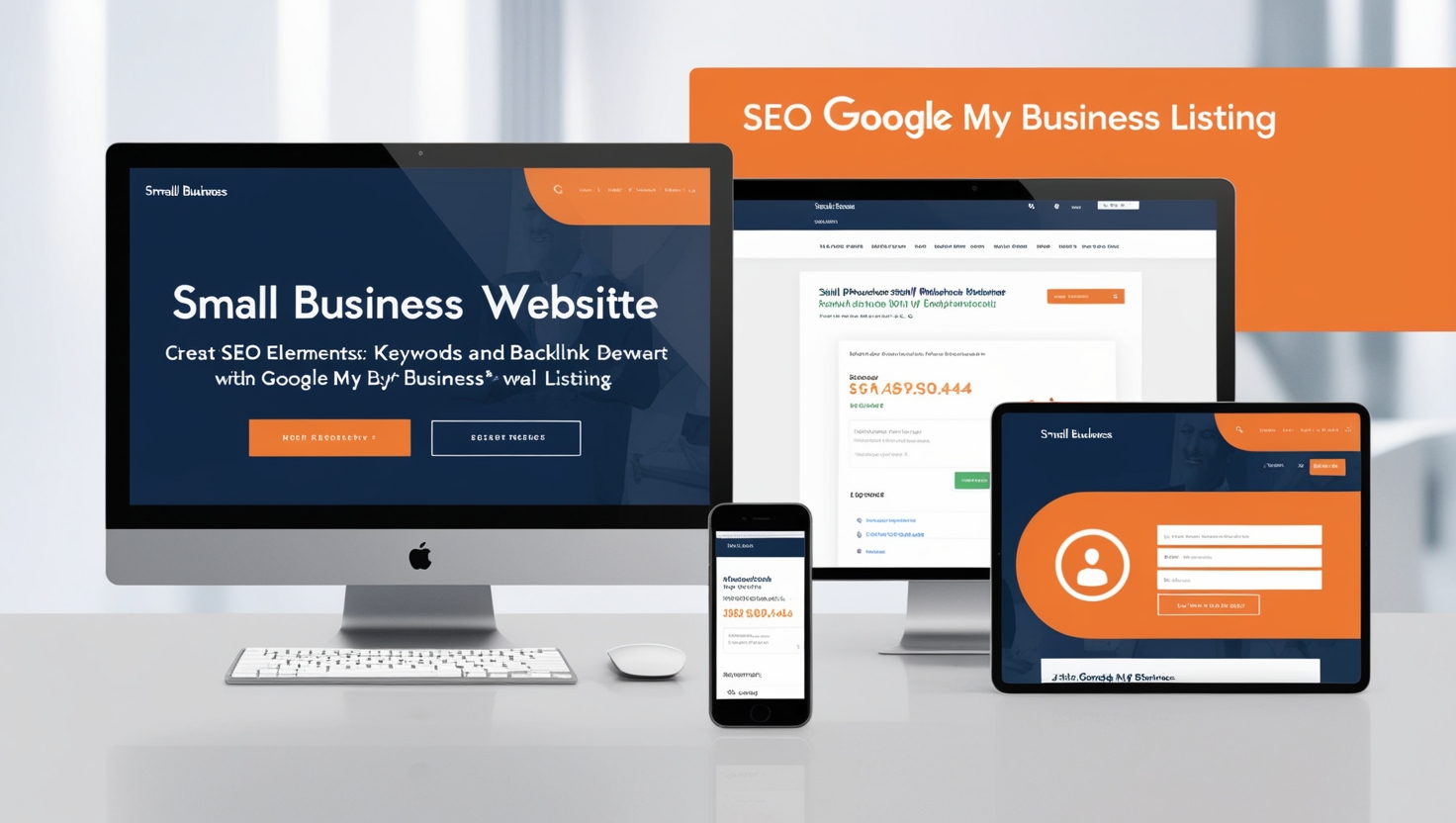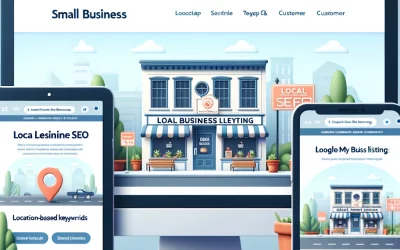In today’s digital age, having a strong online presence is crucial for any small business. One of the most effective ways to enhance your online visibility is through Small Business SEO (Search Engine Optimization). By optimizing your website and content for search engines, you can attract more potential customers and grow your business. In this article, we’ll explore the key aspects of Small Business SEO and provide actionable tips to help you get started.
What is SEO and Why is it Important?
Understanding SEO
SEO stands for Search Engine Optimization. It involves various strategies and techniques to improve your website’s visibility on search engine results pages (SERPs). When your website ranks higher on SERPs, it is more likely to be visited by users searching for relevant products or services.
The Importance of SEO for Small Businesses
For small businesses, SEO is particularly important because it levels the playing field. It allows smaller companies to compete with larger, established brands by appearing in relevant search results. Effective SEO can lead to increased website traffic, higher conversion rates, and ultimately, more revenue.
Keyword Research: The Foundation of SEO
Identifying the Right Keywords
Keyword research is the process of identifying the words and phrases that potential customers use to search for your products or services. Tools like Google Keyword Planner, Ahrefs, and SEMrush can help you find relevant keywords with high search volume and low competition.
Long-Tail Keywords
Focusing on long-tail keywords—phrases that are more specific and less competitive—can be particularly beneficial for small businesses. For example, instead of targeting «shoes,» a small business might target «handmade leather shoes for men.»
On-Page SEO: Optimizing Your Website Content
Title Tags and Meta Descriptions
Title tags and meta descriptions are critical elements of on-page SEO. The title tag should include your primary keyword and be compelling enough to encourage users to click. Meta descriptions provide a brief summary of the page’s content and should also include the target keyword.
Headings and Content Structure
Using proper headings (H1, H2, H3) helps search engines understand the structure and hierarchy of your content. Your focus keyword should appear in at least one H2 heading. Additionally, break up your content into smaller paragraphs and use bullet points or numbered lists to improve readability.
Internal Linking
Internal links connect one page of your website to another. They help search engines crawl your site more effectively and distribute page authority throughout your site. For example, linking to the Outdriver homepage or other articles on your blog can enhance your site’s SEO.
Off-Page SEO: Building Authority and Trust
Backlinks
Backlinks are links from other websites to your site. They are a significant ranking factor in SEO because they signal to search engines that your content is valuable and trustworthy. Focus on obtaining high-quality backlinks from reputable sites in your industry.
Social Media Engagement
While social media signals are not a direct ranking factor, having an active social media presence can drive traffic to your site and increase brand awareness. Share your content on platforms like Facebook, LinkedIn, and Twitter to reach a broader audience.
Local SEO: Targeting Local Customers
Google My Business
Creating and optimizing a Google My Business (GMB) profile is essential for local SEO. Ensure that your business information is accurate and complete, including your address, phone number, and hours of operation. Encourage satisfied customers to leave positive reviews on your GMB profile.
Local Citations
Local citations are mentions of your business’s name, address, and phone number (NAP) on other websites. Consistent NAP information across various online directories helps improve your local search rankings.
Local Keywords
Incorporate local keywords into your website content to attract customers in your area. For example, if you own a bakery in Austin, TX, use phrases like «Austin bakery» or «best bakery in Austin.»
Measuring and Improving Your SEO Efforts
Analytics and Reporting
Use tools like Google Analytics and Google Search Console to track your SEO performance. Monitor key metrics such as organic traffic, bounce rate, and conversion rate to understand how your SEO efforts are paying off.
Continuous Improvement
SEO is an ongoing process. Regularly update your content, build new backlinks, and refine your keyword strategy based on your performance data. Staying informed about the latest SEO trends and algorithm updates is also crucial for maintaining your rankings.
Conclusion
Mastering Small Business SEO is essential for enhancing your online presence and attracting more customers. By understanding the fundamentals of SEO and implementing effective strategies, you can improve your website’s visibility and drive more traffic to your business. Remember, SEO is a long-term investment, but the results are well worth the effort. For more tips and insights on how to boost your online presence, visit the Outdriver blog.
Moz Blog: For more in-depth articles and resources on SEO best practices, visit the Moz Blog.
Google Search Central: Learn directly from the source with Google Search Central, which offers guidelines and resources to help you understand and implement effective SEO strategies.




0 comentarios